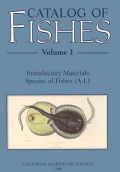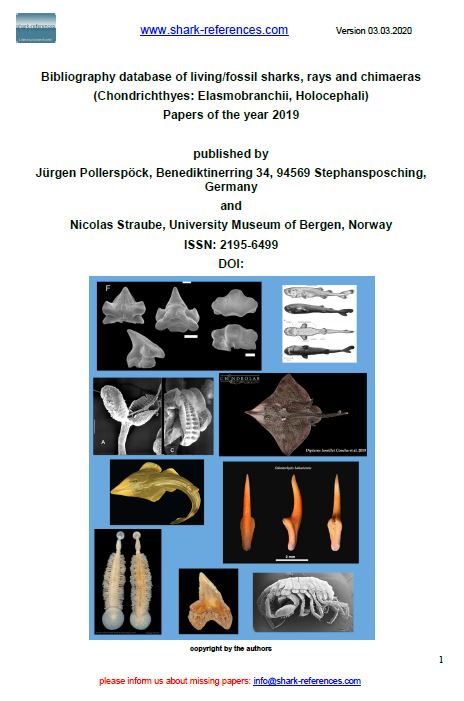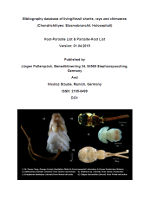
Swimming physiology of pelagic fishes. In Maddock, L., Q. Bone, and J.M.V. Rayner(eds). Mechanics and physiology of animal swimming. Cambridge Uninversity Press, Cambridge, i–x: 63–74

Digital image analysis of shark gills: Modeling of oxygen transfer in the domain of time. American Journal of Physiology. Regulatory, Integrative and Comparative Physiology, 263(4), R741–R746

Cardiac function of the leopard shark, Triakis semifasciata. Journal of Comparative Physiology B: Biochemical, Systemic, and Environmental Physiology, 160: 259–268
DOI: 10.1007/BF00302591
Branchial blood flow distribution in the blue shark (Prionace glauca) and the leopard shark (Triakis semifasciata). Experimental Biology, 48(5), 273–278

















